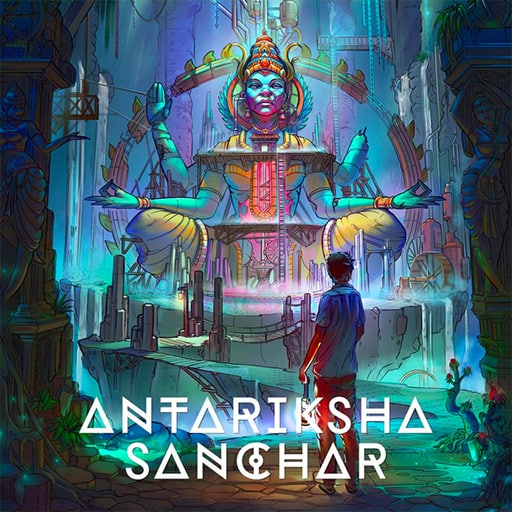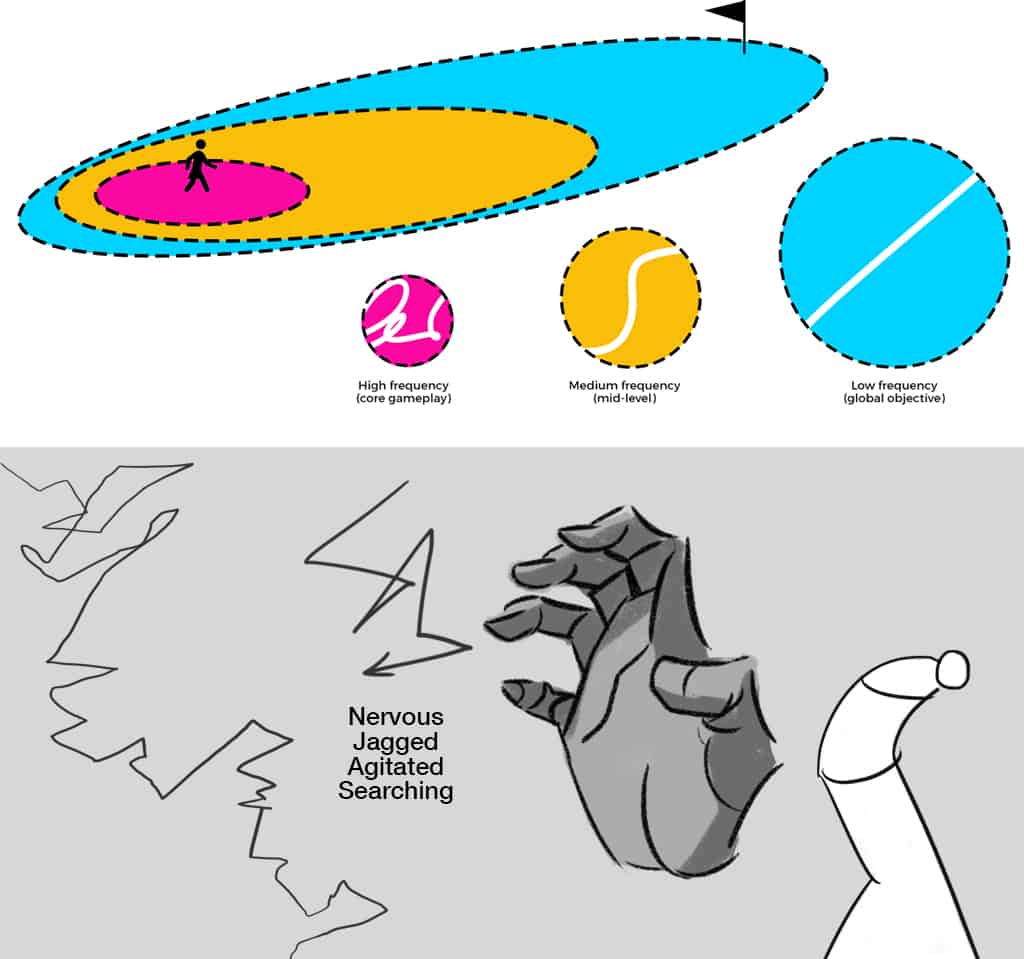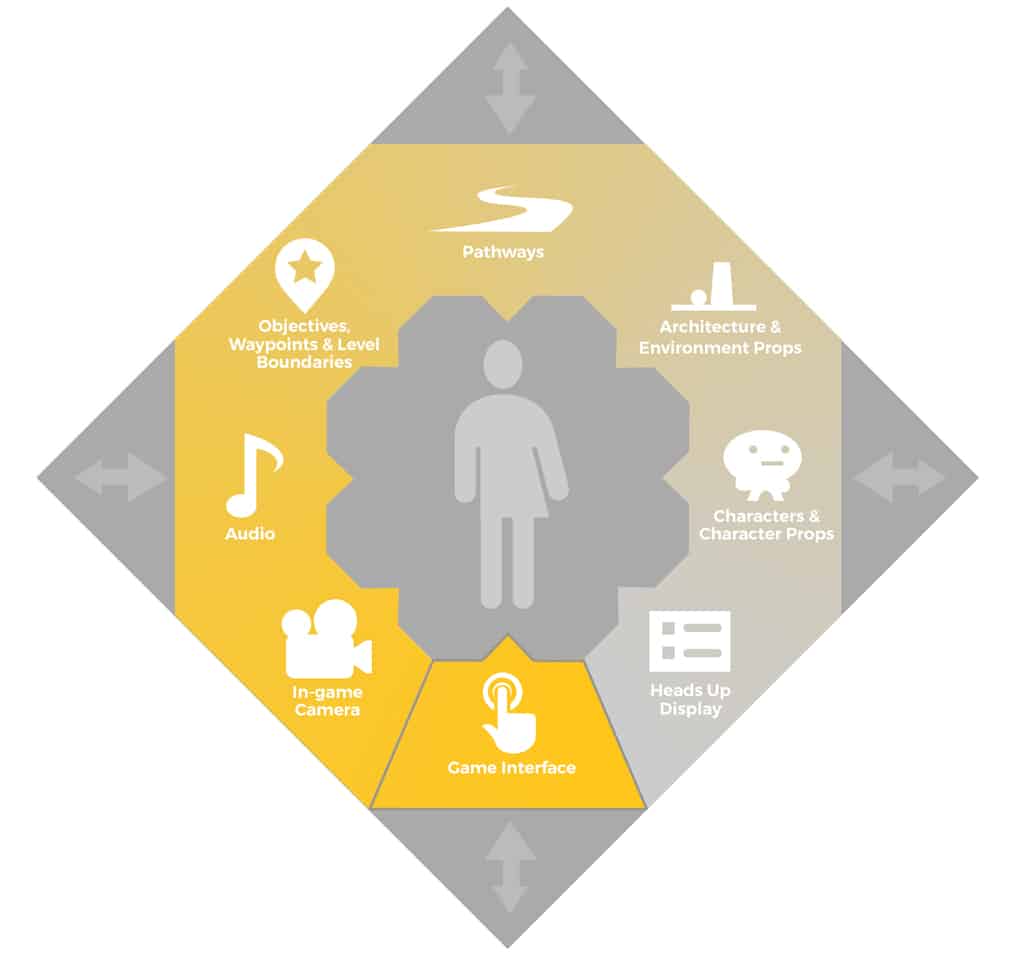
Game Design & Consulting
UX expert for game design, the Metaverse, VR, AR, XR, game user researcher, transmedia, gamification and serious games.
Kinaesthetic Time Capsules
I’ve personally developed an original design method titled Kinaesthetic Time Capsules: A Game Design Method Celebrating Cultural Heritage and Identity (KTC), as documented in my third book (release date TBD). The method is an innovative, sensory design approach to game design and interactive media that is founded on traditional craft techniques (and inputs from acting theory, neuroscience, psychology, disability aesthetics, etc.) to heighten the player-audience’s physical experience of gameplay.
You can think of sensory design as working inside-to-outside, which starts by defining the player’s kinaesthetic state (referring to physical activity-based aesthetics) before designing the mechanisms that evoke the desired sensations. Approaching the game development process from a sensory perspective—as opposed to a rules, objectives and mechanics-driven approach—enables readers to actively explore solutions to the following ideology:
What if empathy, not conflict, was the organising principle of game design?


How I work
The KTC method has been written for the entire development team, which enables me to consult and direct design projects across a wide range of disciplines including game design, virtual reality (VR), augmented reality (AR), cross reality (XR), game user researcher (GUR), transmedia, gamification and serious games. My background as a game artist, my two other books on game art and interactive storytelling, and my community work for the International Game Developers Association mean that I’m specially placed to create interactive experiences that are culturally sensitive, inclusive, accessible and aesthetically resonant.
The Metaverse
The metaverse is opening-up exciting new opportunities for player-audience’s to interact with the virtual world. Design challenges not only concern the activities that take place in the metaverse but also, and more importantly, how player-audience’s feel and aesthetically express themselves nonverbally in a digital setting. My design method is perfectly suited to answer such considerations so that metaverse designers can orchestrate style transfers by documenting each player’s unique, real-world aesthetic preferences and body tension and procedurally translating this data to their virtual representation by way of A.I., ergonomics, character design, animation and architecture.
My Google talk provides a comprehensive overview of my approach to interaction design and concepts central to Interactive Empathy and Embodiment method, which you can watch below.
Game Design Portfolio

